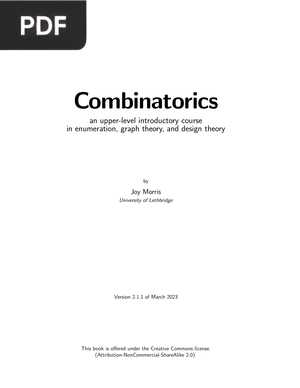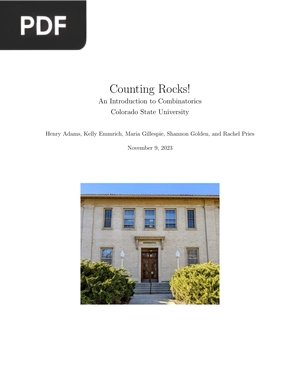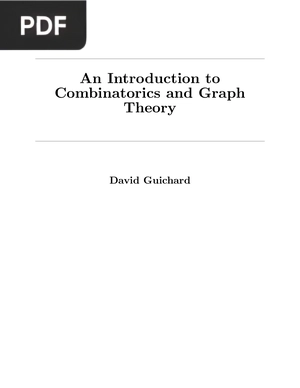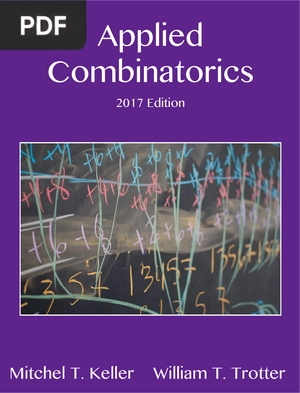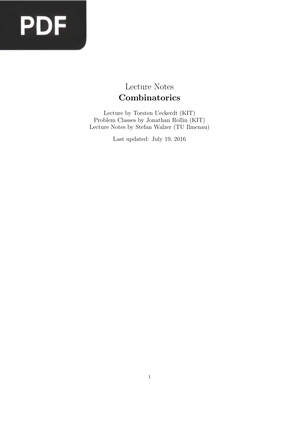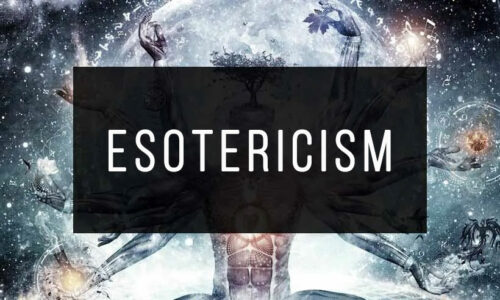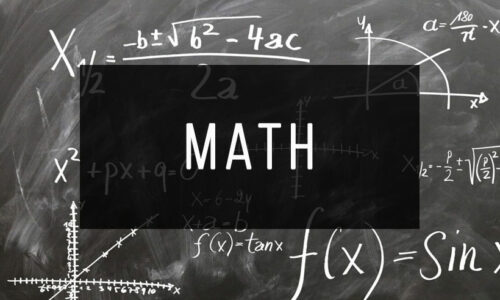Introduction to Combinatorics
Author: Stefanos Aretakis
*Wait a few seconds for the document to load, the time may vary depending on your internet connection. If you prefer, you can download the file by clicking on the link below.
Information
Description: Introduction to Combinatorics by Stefanos Aretakis is a lecture notes document introducing the principles and concepts of combinatorics. It covers topics such as the Pigeonhole Principle, Ramsey Theory, Permutations and Combinations, Recurrence Relations, and Generating Functions.
Pages: 63
Megabytes: 0.31 MB
This may interest you
Combinatorics
Extension: PDF | 357 pages
Combinatorics by Joy Morris is an upper-level introductory course on enumeration, graph theory, and design theory. It covers topics such as basic counting techniques, permutations, combinations, and generating functions.
Counting Rocks! An Introduction to Combinatorics
Extension: PDF | 226 pages
Counting Rocks! An Introduction to Combinatorics is an interactive textbook that covers various topics in combinatorics, including counting problems, proof techniques, recurrence relations, generating functions, and graph theory.
An Introduction to Combinatorics and Graph Theory
Extension: PDF | 155 pages
An Introduction to Combinatorics and Graph Theory by David Guichard is a comprehensive introduction to the field of combinatorics and graph theory. It covers topics such as combinations, permutations, binomial coefficients, generating functions, graph theory, and more.
Applied Combinatorics
Extension: PDF | 393 pages
Applied Combinatorics is an introductory textbook on combinatorics. It covers various topics such as strings, sets, graph theory, probability, and network flows. The authors provide examples and applications to emphasize fundamental concepts.
Lecture Notes. Combinatorics
Extension: PDF | 137 pages
Lecture Notes. Combinatorics by Torsten Ueckerdt, Jonathan Rollin, and Stefan Walzer is a comprehensive introduction to combinatorics, covering topics such as permutations, combinations, generating functions, partially ordered sets, designs, and more. It explores the arrangements of elements, enumeration of arrangements, and interconnections between discrete structures.


